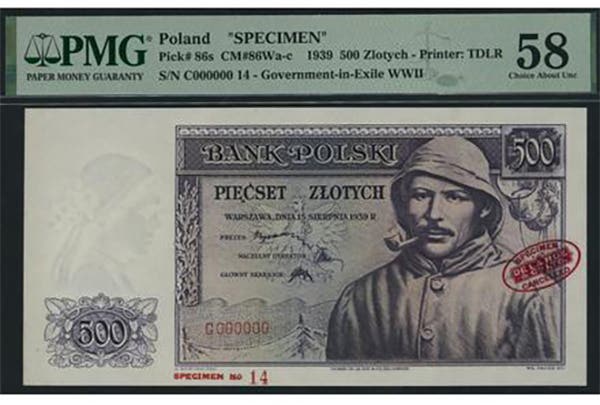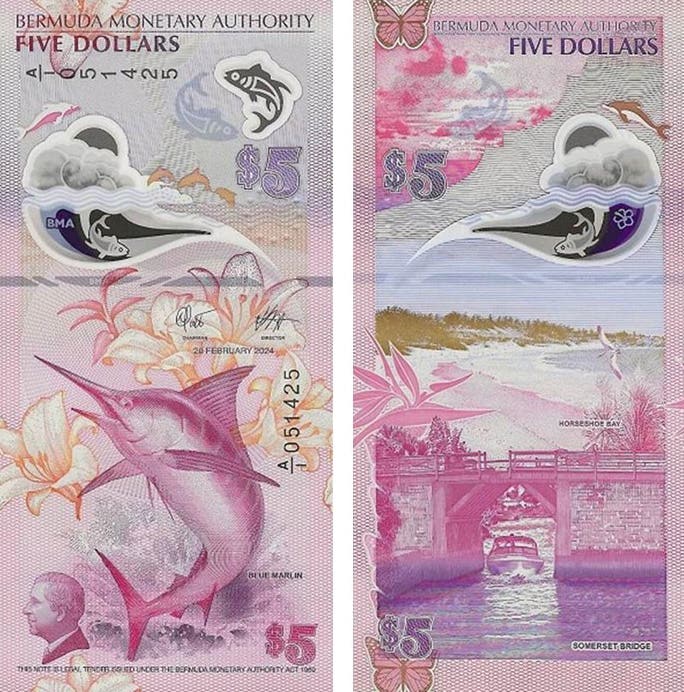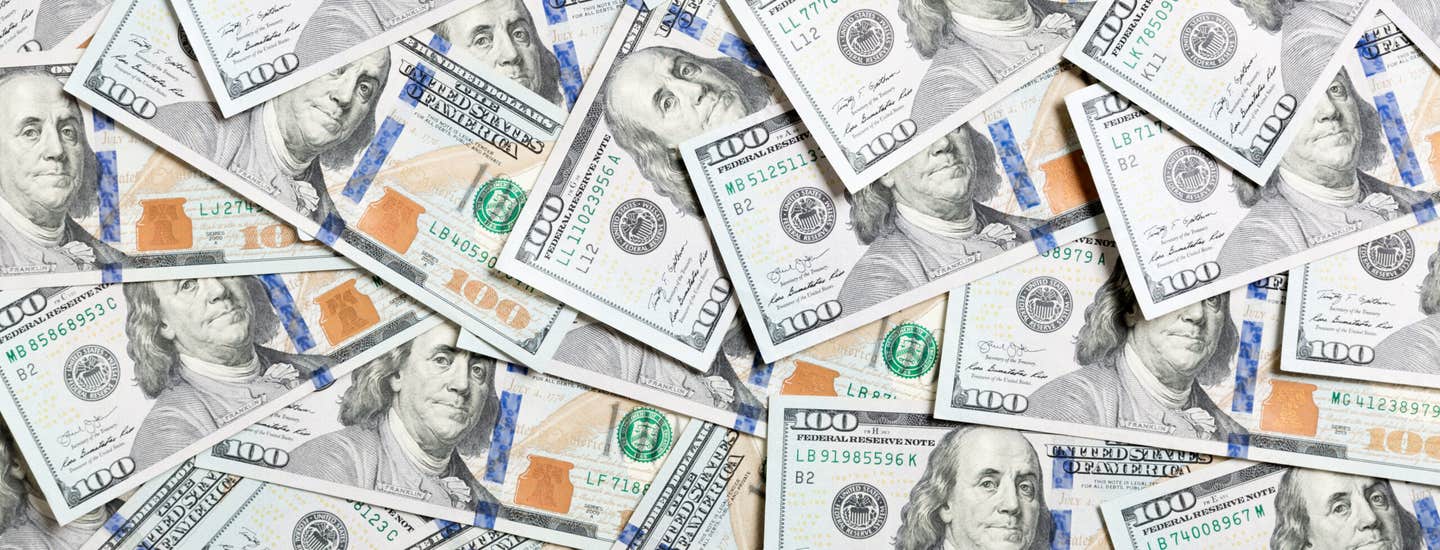Time to Retire $1 Federal Reserve Note?
Over time, more countries have stopped issuing currency that has a face value of $1 U.S. or less.
What do the following currencies have in common: Australian dollar, Belize dollar, Bermuda dollar, Canada dollar, Denmark krone, East Caribbean States dollar, euro, Gibraltar pound, Israel new shekel, Japan yen, Morocco dirham, New Zealand dollar, Norway krone, Peru new soles, Poland zloty, Singapore dollar, Sweden krona, Switzerland franc, Taiwan yuan, United Kingdom pound and several others?
Answer: Current spending money in those parts of the world with a purchasing power of around one U.S. dollar is only issued in coin form. That includes the euro and all five national currencies that make up the U.S. Dollar Index. In most of these nations and zones, only coins are issued as local money with a purchasing power worth about two U.S. dollars.
Yes, there still are nations that issue paper money with a current value below $1 U.S. Think Brazil, China, India, and South Africa as examples. But, in part reflecting the impact of inflation, more countries have stopped issuing currency with a face value of $1 U.S. or less over time. In Switzerland, for example, the lowest current paper money in circulation has a face value of 10 francs, currently worth more than $11 U.S.
A Congressional study several years ago found that if the U.S. government retired the $1 currency and issued only coins of that denomination, it would save the government tens of millions of dollars annually.
So, why hasn’t this already happened?
A federal government official who did not want to be identified explained to me many years ago that the reason is politics.
A business in Massachusetts has the exclusive contract to supply the special paper on which U.S. currency is printed. The federal government issues 6 billion notes annually, most of them in the $1 denomination, which is a lot of revenue for this business. Politicians from the state of Massachusetts are pretty much unanimous in opposing any cessation of printing $1 Federal Reserve Notes.
With trillions of dollars of budget deficits in recent years, you would think American politicians would be clamoring for any easy, common-sense action that would, literally, save more than a few bucks.
And, if we finally take this step, how about ending the production of the cent and nickel coinage, which costs more than face value in raw materials, labor, and overhead?
The $1 Federal Reserve Note would not have to be recalled or demonetized. The government could just stop issuing new notes, cease providing them to the banking system, and retire them as they are returned to the Fed.
When discussing this idea with co-workers and customers where I work, the most common objection is that nobody wants to walk around with a pocketful of change. However, that does not seem to be a problem in the many countries that have already stopped issuing low-value paper money.
Answer to the Previous Trivia Question
Last week, I asked: Which U.S. coin denomination had the fewest pieces struck for circulation? This should have been an easy one. The 20 cents struck for circulation for just two years, from 1875 to 1876, have a combined mintage of just 1,351,540 circulation-strike coins.
This Week’s Trivia Question
George Washington was the first U.S. president to appear on a U.S. coin, the 1900 Lafayette dollar. Who was the second? Come back next week for the answer.
Patrick A. Heller was honored as a 2019 FUN Numismatic Ambassador. He is also the recipient of the American Numismatic Association 2018 Glenn Smedley Memorial Service Award, 2017 Exemplary Service Award, 2012 Harry Forman National Dealer of the Year Award, and 2008 Presidential Award. Over the years, he has also been honored by the Numismatic Literary Guild (including twice in 2020), the Professional Numismatists Guild, the Industry Council for Tangible Assets, and the Michigan State Numismatic Society. He is the communications officer of Liberty Coin Service in Lansing, Mich., and writes “Liberty’s Outlook”, a monthly newsletter on rare coins and precious metals subjects. Past newsletter issues can be viewed at www.libertycoinservice.com. Some of his radio commentaries titled “Things You ‘Know’ That Just Aren’t So,” and “Important News You Need To Know” can be heard at 8:45 a.m. Wednesday and Friday mornings on 1320-AM WILS in Lansing (which streams live and becomes part of the audio archives posted at www.1320wils.com).
You may also like:








